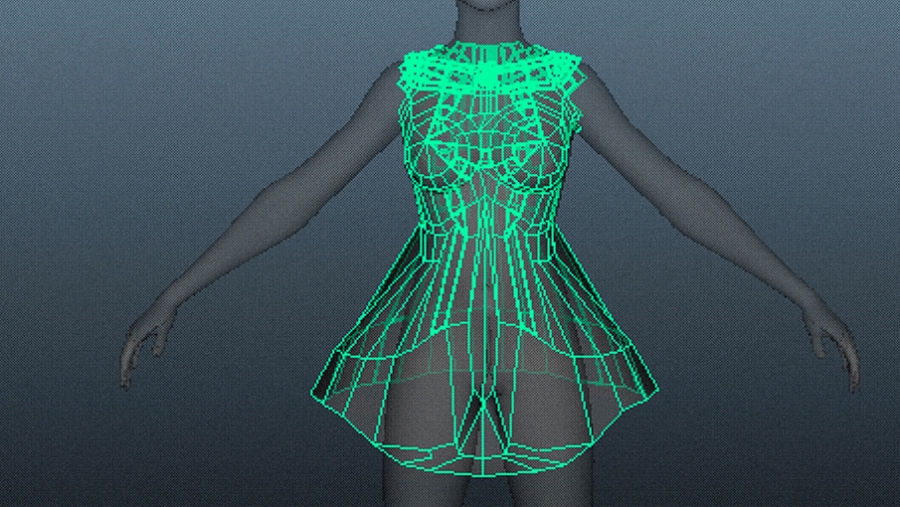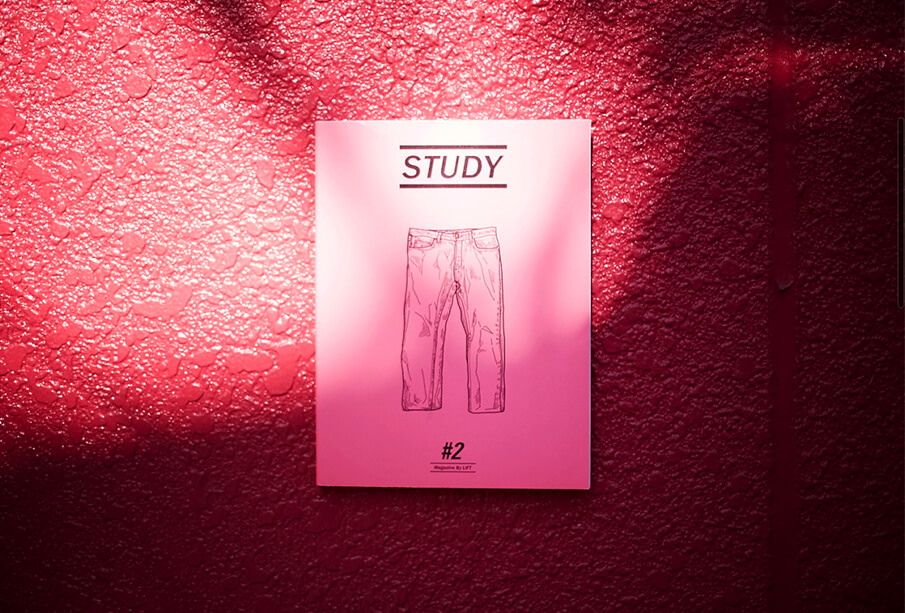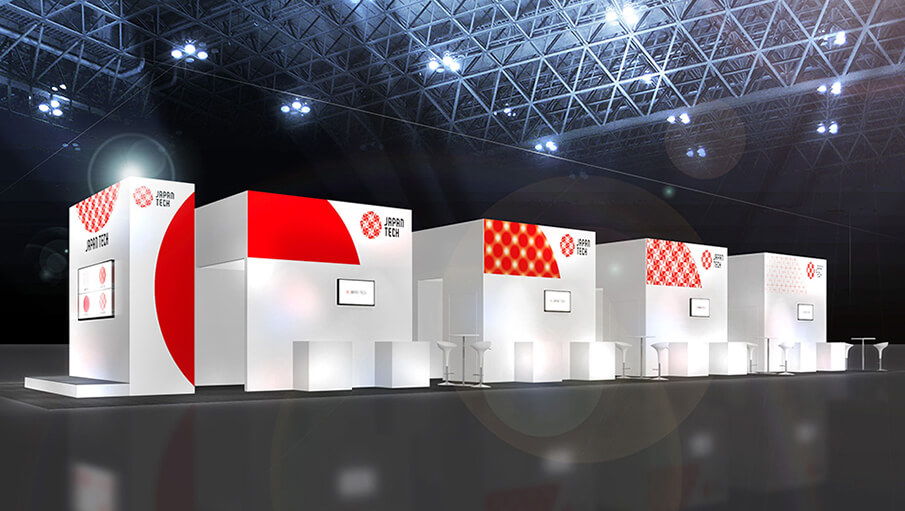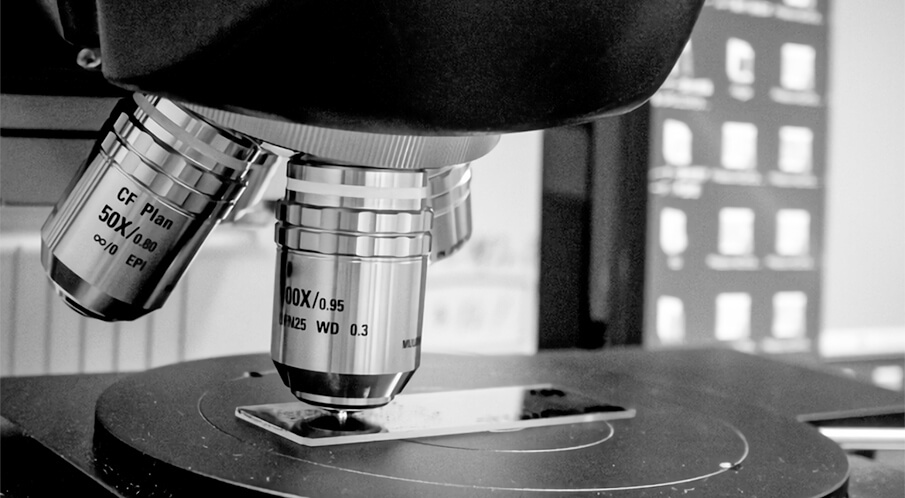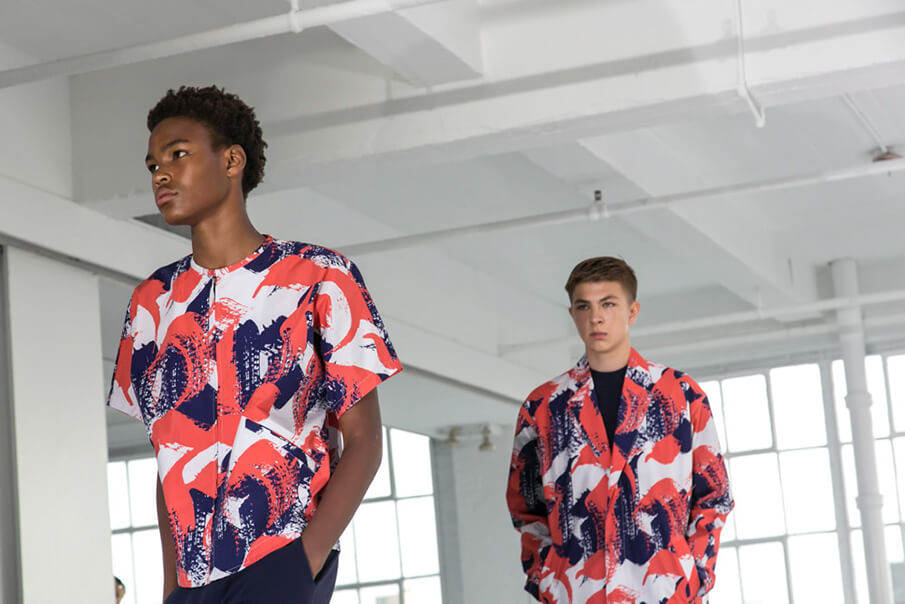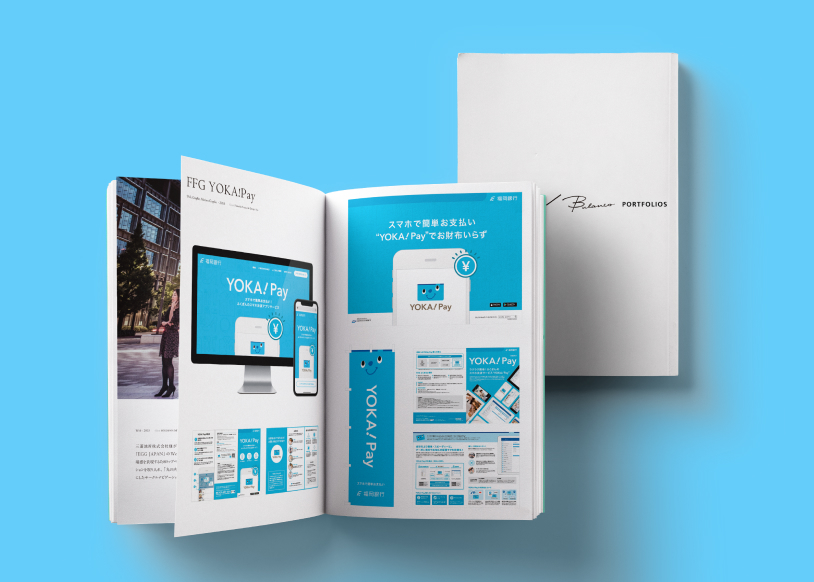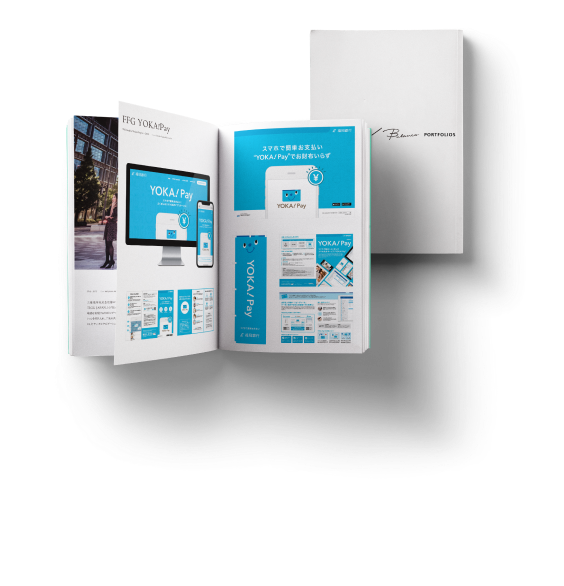ファッション業界の未来を拓くバーチャルファッションとはVirtual fashion: the future of the fashion industry?
イブです。こんにちは!今回は、ファッション業界で今注目の「バーチャルファッション」についてご紹介します。
バーチャルファッションが世界を変える
昨年、私がアムステルダムにあるメディアラボのプロジェクトに取り組んでいた頃、別のチームの手伝いをしたことがありました。
彼らが取り組んでいたテーマは「バーチャルファッション」。それまでファッションにあまり興味を持っていなかった私ですが、彼らの取り組む姿勢が大変魅力的で、そんなチームメイトとの会話から私も興味を惹かれていきました。
「バーチャルファッションの技術は、確実に世界を変えていく」。チームメイトはよくそんな風に語り、私はそれを聞くたびに魅力的な未来を想像していました。
様々な資源を使って作られる服
ファッション業界と聞いて皆さんがイメージするのは、水や電気や人手などのあらゆるものを使って毎日たくさんの服が制作されている、ということではないでしょうか。しかしそれらの服がすべて売れて有意義に使われるとは限りません。実際はかなりの資源やコスト、手間を無駄にしているはずです。
そんな生産プロセスに革命を起こすのが、この「バーチャルファッション」です。
「バーチャルな服」の試着とデザイン
2014年6月1日に彼らの盛大なプレゼンテーションが行われ、大勢の人々が「バーチャルファッション」の世界に惹かれていることを知りました。その頃、アムステルダムではファッション業界に多くの革命が起こっていたのです。
このプロジェクトで使用したソフトウェアは、体のラインを3Dでスキャンし、バーチャル上で服を制作する事ができます。つまり、服を着なくてもあらかじめ3Dスキャンした人体のデータを使って、架空で試着をしながらデザインができるのです。
すでに完成された服をあれこれと試着して選ぶ現在のやり方に比べ、ユーザーの希望をデザイン段階で簡単に反映できるため、今よりもっと需要に対するベストな供給を仕立てられるはずです。確実に希望に沿った服を作ることができるので、制作の際に生ずる無駄も減らすことができます。
この技術はすでに主流になりつつあり、いくつかのショップでは下着などを作るために3Dボディスキャンの技術を採用しています。
仮想世界のファッションショー
「バーチャルファッション」には別の可能性もあります。それはユーザーが「バーチャルアイデンティティー」を体験できるという点です。
アムステルダムのメディアラボで、彼らは「Second Sight」という実験的なバーチャルファッションショーを開催しました。
訪れた人々はグーグルカードボード(段ボール)の中に入る事で、オキュラスリフトによく似た仮想世界を体験できます。仮想世界の中でモデルは「バーチャルの服」を着て登場し、気に入ったら後で注文することができます。
「Second Sight」に込められたもう一つのアイデアは「誰もがショーの最前列を取れる」ということ。仮想世界のショーには、客席とステージの距離など関係ないからです。
ファッションショーがより身近に感じられる、革新的な試みだと思います。
彼らは3Dアニメーションソフトウェア「Maya」と、3Dデザインソフトウェア「Clo 3D」を使ってその複雑なショーを完成させました。その結果は確実に出ていたと思います。
是非、こちらからショーのプロモーションビデオをご覧ください。
Westfieldの未来のファッション
最近の例では、ショッピング センターWestfieldで今年の春に行われた未来のファッション発表会で、モーショントラッキングとバーチャルリアリティが使われました。
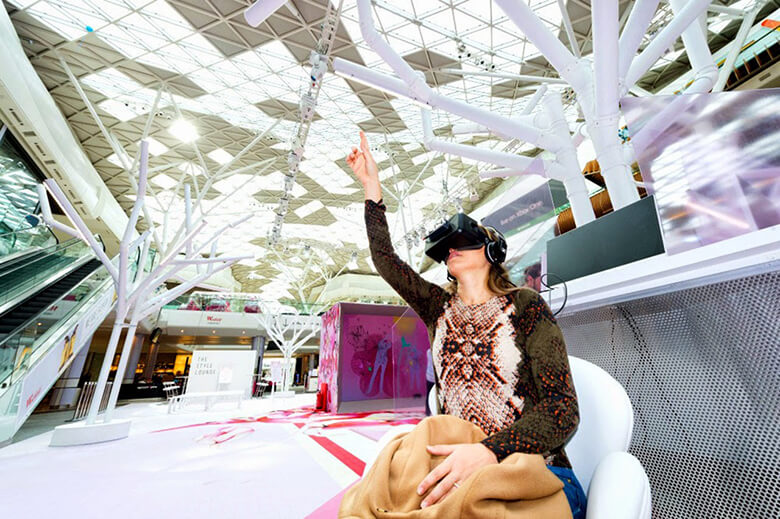
引用元:http://trendvm.blogspot.jp/
ここでは顧客がオキュラスリフトをつけて特定のジェスチャーをすることによって、仮想世界で服を見たり触ったりできます。また、コレクションのテーマを映し出す大画面のビジュアルとモーションキャプチャを介して、その世界に参加することができます。
ファッション業界の未来
これらは、テクノロジーとバーチャルリアリティがファッション業界を変えるほんの一例です。この分野は今後数年で急速に発展するのではないでしょうか?私はそう信じています!
原文はコチラ
日本語版翻訳:舘 紗也子
While working on my project at MediaLAB Amsterdam last year, I was also helping another team out with their sound design. The topic they were working on was virtual fashion, and although fashion has never been a big interest of mine, I found what they were working on fascinating. Having one of the teammates as a housemate and many interesting conversations with her also changed my view on the topic. June the 1st they gave a big presentation on their project, which shows I am certainly not the only one excited about virtual fashion, and there are many developments happening in this area at the moment.
What I found most interesting to hear is that virtual fashion is a development that can actually have a big impact on the world. If you think of it, many clothes are being produced every day, requiring resources such as water and energy and human labour. But there’s no guarantee that these clothes will all be bought and worn.
However, as my housemate pointed out, there is software that allows 3D body scanning and designing fashion virtually. This means we could let someone view and try on the clothes virtually, get it custom made for their figure with the 3D body scanning technique, and after that produced. It would tailor the supply much better to the demand. These techniques are now becoming more mainstream, and shops are cropping up that use 3D body scanning techniques to make for example tailor made suits and bras.
However, virtual fashion can also allow for alternative ways of presenting fashion, and gives people the opportunity to develop and explore their ‘virtual identities’. The MediaLAB Amsterdam project I was talking about is an example if this. They created a virtual fashion show called Second Sight, which is a virtual world that you can enter by putting on a Google Cardboard (offering a Virtual Reality experience similar to an Oculus Rift). Here you can view the models and clothing virtually, and if you like something you can order it afterwards.
One of the ideas behind Second Sight was also, as my housemate explained to me, to give everyone the chance to be ‘front row at the fashion show’, and make fashion more accessible. Creating the experience wasn’t that easy however, as they had to use the 3D animation software Maya and 3D design software Clo 3D. But I think the result in the end definitely paid off. Here you can read more about the project and see the promo video for if you’re interested:
A similar but newer example is the Motion Tracking and Virtual Reality experience made for Westfield’s Future Fashion in March / April this year.

引用元:http://trendvm.blogspot.jp/
Here customers could view and interact with the clothing in a virtual environment, by wearing the Oculus Rift and performing certain gestures. Customers could also interact via motion capture with the visuals projected on a large screen, which represented the themes of the collection being presented.
These are just a few examples of how technology and virtual reality is changing the fashion world, but I’m sure this field will develop quickly over the years to come.


